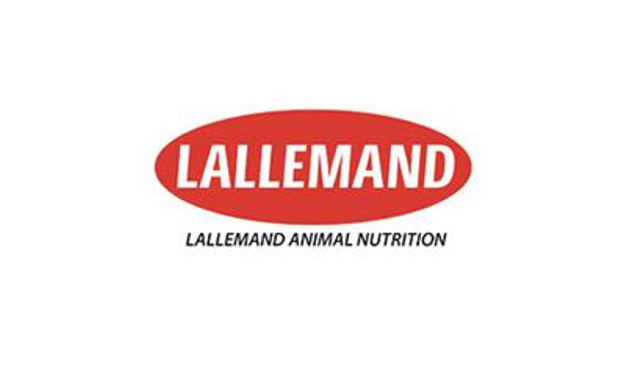



How an additive at harvesting can give corn silage the edge this season
Including top tips for high quality silageNews from farmers across Europe this season has highlighted the problem of reduced dry matter (DM) in corn crops destined for silage, with high rainfall causing the grain to reach maturity while the plant is still green.
By using the correct additive when harvesting, farmers can combat the risk of losses and maximize the potential of their silage crops.
Problem corn harvest after challenging weather
In Poland, growers have been reporting exceptional corn production conditions with good spring moisture levels facilitating establishment and germination, while warm summer conditions with the right levels of rainfall provided the ideal environment for good quality crops. But, after exceptionally high rainfall, problems have ensued. Michalina Osetek, Technical Sales Manager for Lallemand Animal Nutrition in Poland, explains:
“Our corn plants were still green while the grain had matured, making it hard to achieve the optimal dry matter for quality silage. This increased the risk of high effluent levels, causing nutrient and dry matter losses during ensiling.” Additionally, Michalina points out that the conditions raised acetone levels, reducing the silage’s palatability and contributing to feeding losses.
Physically touching and smelling the silage can indicate if it is heating, which suggests the growth of undesirable bacteria. This increases the risk of losses by an additional 10% beyond natural processes. Using the right additive can prevent this, Michalina advises.
Inoculant trial produces better corn silage and more milk
Results of a trial conducted on one Polish farm further reinforced the advantages of inoculants introduced at harvest.
In this case, two 2.5kg samples were compared: one from an untreated crop harvested on the farm; and the other featuring the same corn but treated with MAGNIVA Platinum 1.
After five days, the untreated sample was 0.5kg lighter, indicating a loss of DM and nutrients, and there was visible fungi and mold growth, too. In contrast, the treated sample maintained its weight, and there was no spoilage.
Michalina says these results perfectly illustrate the direct financial loss associated with not using an inoculant.
Research has also shown that when the temperature of silage in a bunker increases by just 5°C, the loss is equivalent to a liter of milk per cow per day.
“If you are milking 200, 300, 400 cows, those losses are huge,’’ she points out.
Best practice at feed out prevents unnecessary losses
In addition to protecting valuable feedstocks by using an inoculant, silage quality can be preserved by initiating best bunker/silo practices during feeding out.
Michalina advises it’s a mistake to remove too much sheet at once to facilitate feeding on multiple successive days. Instead, she recommends only removing what is needed for feed requirements on the day because the sheet prevents oxygen entering the bunker and causing spoilage.
“The bunker face should be sharp and straight, as tearing the silage from the bunker will again facilitate greater oxygen ingress,” Michalina adds.
Top tips for high quality silage
While MAGNIVA Platinum 1 will provide multiple benefits, both financial and physical, an inoculant alone won’t produce the highest silage quality possible if other steps are overlooked.
Michalina identifies some key steps that are essential for producing the best quality silage.
- When harvesting, cut from the edges of the field first as this is where the crop is at its driest
- Ensure the bunker is thoroughly cleaned before filling, removing all traces of previous silage to prevent mold and fungi infecting the freshly harvested forage
- Cover the walls with sheeting, drawn taut to prevent air pockets
- Adjust the harvester cutting height according to crop height
- Compact every layer of corn before adding another, but don’t compact the final layer a second time as the beneficial bacteria will already be at work
- Aim for a flat surface at the top of the pit, not a mound, to prevent oxygen being introduced
- Cover the pit as soon as possible to seal off the oxygen supply; use two layers, an oxygen barrier first followed by a heavier silage sheet




